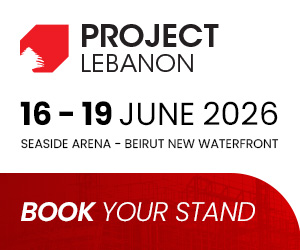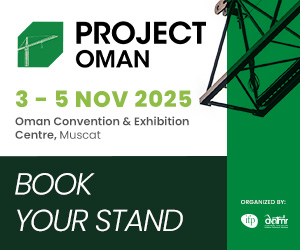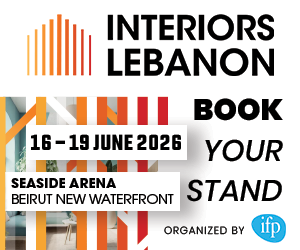Qatar’s construction sector prospects seem increasingly bright following its successful bid to stage the FIFA 2022 World cup. The country is set to spend up to $150 billion on infrastructure projects over the next five to six years in preparation for the World Cup. The sector witnessed a spate of new project announcements in 2011, and a lot more are still to come.
Qatar’s General Secretariat for Development Planning acknowledges that Qatar’s economic trajectory over the next decade will be profoundly influenced by the investments and other activities linked to hosting the FIFA World Cup in 2022.
The scale of planned spending relative to the size of the host economy and population is unprecedented for a global sporting event. The actual profile of impacts will depend on decisions about the design, sequencing, synchronization and management of projects.
Over the longer term, and well beyond 2022, hosting the World Cup will leave an indelible imprint on Qatar’s economy and its broader development. Total investment spending tied to the event will make significant claims not just on public financial resources but also on Qatar’s scarce land, its environmental resources, and its institutions and people.
Estimates of planned spending vary enormously. Base outlays on stadiums and facilities are put at $9 billion. Including broader development projects within the scope of activities generates much larger spending numbers, ranging from $45 billion upward.
Qatar will spend $40 billion on three railway projects
The master plan involves development of metro railway system in Qatar and long-distance and freight lines connecting the country with the rest of the Gulf Cooperation Council (GCC). The GCC network, which is in the planning stage, will connect the six member states, Oman, UAE, Qatar, Saudi Arabia, Kuwait and Bahrain, with an estimated 1,940km rail network.
Qatari Diar and Deutsch Bahn signed an agreement in November 2009 to form a joint venture, Qatar Railways Development Company (QRDC), for implementing, developing and managing the concept design of the railway plan on the Persian Gulf. Qatari Diar holds 51% and DBI owns 49% shares in the JV company.
Qatar Railways Development Co was commissioned to design and implement an integrated world-class railway system considered as one of the most successful, safe and environmentally-friendly railway systems in the world. This system will meet the demands of Qatar’s dynamic growing population and connect central Doha with the airport and football stadia which will host the 2022 FIFA World Cup.
In creating Qatar’s much anticipated state-of-the-art integrated railway network, the QRC will manage the development of the West Bay People Mover, Lusail City’s Light-Rail Transit system, and the integrated Qatar Railways Project, which will incorporate a metro system, long-distance passenger travel, and freight transport.
The Qatar Integrated Railway Project encompasses four metro lines, a tramway and a people mover serving two new cities, extensive commuter railways, a high speed line across the planned road-rail causeway to Bahrain, and a mixed-traffic link to neighboring Saudi Arabia.
The Doha Metro
Doha Metro is expected be one of the most advanced rail transit systems in the world when it becomes operational in 2016. Qatar originally planned the metro in 2007, in a bid to host the 2016 Summer Olympic Games in Doha. Doha Metro is part of the larger railway network mentioned above. But winning the World Cup bid has given new momentum to the project.
The Doha metro network is also based on the master plan and is expected to cost approximately $2.6bn. The metro will be one of the most modern railway networks in the world. The metro network will be built in phases. It will have four lines with an overall length of 300km and have 98 stations.
The four lines of Doha metro will link all the major locations of the city such as the Education City and West Bay, Lusail urban development area, Doha airport and the business and conference center. The railway lines and infrastructure will be through tunnels, overhead railways and at the ground level.
ifpinfo.com
7 September











































































